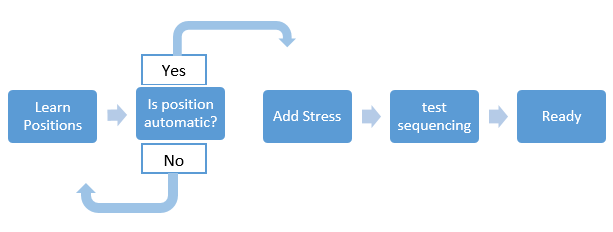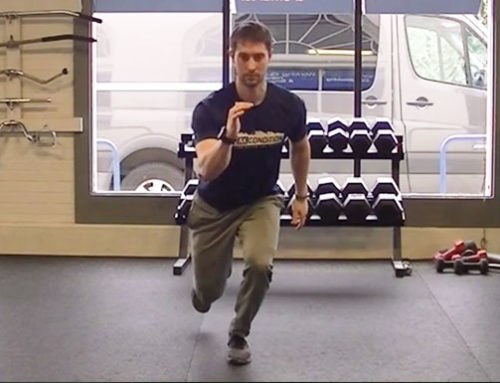In a previous post, we talked about incorporating plyometrics into a youth soccer training session. The value of plyometrics is well established even in youth soccer, with increases in sprint speed, kick velocity, jumping and endurance (yo-yo intermediate test) performance. Today we are going to take a deeper look at how to prepare your athletes for plyometrics.
In nearly all cases athletes need a few sessions to learn positions and movement sequencing before using plyometrics. Less experienced athletes will spend more time practicing landing and jumping positions, but once it is controlled, then movement sequencing becomes the focus. For example, you may have them practicing a plyometric movement without the explosive effort. Before we get ahead of ourselves here are our prerequisites to explosive plyometrics.
Prerequisites:
1- Athlete understands landing & takeoff positions
2- Athlete can control positions under stress
We’ve found that using proprioceptive (balance) and activational training into a warm-up helps athletes master both prerequisites faster, as they teach athletes to position their body for optimal stability and strength. It also has the bonus of helping to reduce ankle injuries for youth soccer players.
We’ll be referring to these videos through this article, so please take a moment to watch both.
Teaching the correct knee position is the primary focus of the basic stability drills. As a valgus knee position (knees collapsing in) is the most common movement error.
Simply put, when you see knees collapse in, think increased rate of injury and poor performance. The stability circuits allow an athlete to learn proper positioning with low levels of complexity and stress, which makes learning easier. As the movement improves, you can increase complexity for the same pattern or similar patterns.
Using the same pattern allow us as coaches to refer to the simple exercise when teaching a progressed drill. This process of applying skills learned previously to skills we are trying to coach now is called coaching context. As we get into more complex movements, coaching context is an invaluable tool for correcting athletes without confusing or frustrating them.
The videos above are full of opportunities for building coaching context, and you will not want to miss them. For example, if our athlete is having trouble with the Split Squat (complex), we would ask them to remember how it felt performing the ½ kneel Abd. Brace (regressed), and to try and replicate that feeling. Since the two exercises are based on the same form in a different context (kneeling vs. standing), remembering the simpler version should help correct body position in the more complex version.
Learning to jump and land correctly is all about position. Take the concepts of body position learned during the stability circuits and apply them to your athletes’ landing and jumping position by building coaching context.
Once the context is created, and basic positions are established, we move the focus to the second prerequisite, adding stress. The addition of stress or complexity lets us know if the athlete can perform a movement without having 100% of their attention directed on it.
In short, is the position automatic yet?
The basic stability video starts using this principle during the last exercise, Spit Squat + Rotation. In this example, the goal is to maintain knee position while adding movement to another part of the body, which adds stress.
Standing with both legs on the pitch and rotating your upper body is an early step in the progression that leads to full plyometrics. If an athlete is struggling with anything in our basic stability video, there is no way they are ready for plyometrics yet. On the other hand, if they nailed it all we need to progress and add more stress and complexity.
The next step should be something similar to what you saw in our progressive stability video. Our example gives a good view of progressing all the way to practicing movement sequencing (1xLeg 1/4 Squat Pause + Hop). Remember, movement sequencing is the practice of a plyometric without the explosive intent. If sequencing and position look good, then you probably have an athlete who is ready for plyometrics.
Here is a quick recap of the process.

- Learn positions through stability circuits.
- Add a little complexity and see if the learning knee position is still there.
- Add stress/complexity as in progressive stability.
- Evaluate movement timing and proficiency (sequencing) for a specific plyometric exercise.
- Start using plyometrics.







